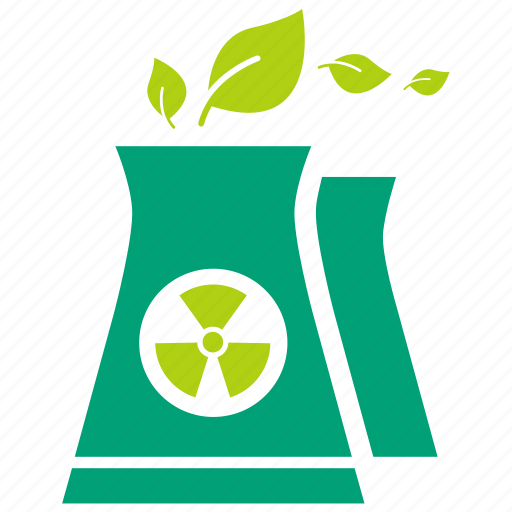Source: https://www.world-nuclear-news.org/Articles/Grossi-suggests-Zaporizhzhia-will-not-be-restarted
International Atomic Energy Agency Director General Rafael Mariano Grossi says there “was an understanding” that Zaporizhzhia nuclear power plant’s units “would not be restarted as long as nuclear safety and security remained in jeopardy due to the conflict”.
Grossi, whose comments followed talks held with Rosatom Director General Alexei Likhachev in Kaliningrad last week, added: “In these circumstances (of conflict), operating this major nuclear plant would not be advisable.”
The six-unit Zaporizhzhia plant has been under the control of Russian military forces since early March 2022, and all its units are in cold shutdown. It is situated on the frontline of the war and, as well as parts of the site suffering some direct damage, it has had to rely on emergency diesel generators for short periods on a number of occasions when it lost access to off-site power. Power is required for some essential safety functions.
Grossi’s latest update on the situation in Ukraine came after a meeting on Thursday with Ukraine’s Energy Minister Herman Halushchenko, Energoatom boss Petro Kotin and the head of the State Nuclear Regulatory Inspectorate of Ukraine, Oleg Korikov, where they discussed issues including the situation at Zaporizhzhia and also the impact of attacks on the energy infrastructure in Ukraine.
Grossi said the impact was wider than on just the Zaporizhzhia plant, saying “it is also a wider concern in the current circumstances, where a loss of off-site power event has the potential to be even more serious given the higher nuclear fuel temperatures for reactors in operation in Ukraine. We are continuing to follow the situation very closely in this regard, as I also informed Minister Halushchenko in today’s meeting”.
He said that a year after the destruction of the Kakhovka dam, which had helped supply cooling water for the plant, the IAEA teams at Zaporizhzhia had visited the cooling pond and “observed that its height was almost 1.5 metres below the level before the dam was destroyed”. The plant now gets the cooling water it needs for the units, while they are shut down, from 11 newly built groundwater wells.
The operators of the plant told the IAEA team that all four on-site radiation monitoring stations are operational, but three of the 14 off-site stations remain damaged as a result of military activity in 2022, and that manual radiation monitoring measurements are also carried out with “plans to purchase new radiation monitoring stations consistent with the regulations of the Russian Federation, and a mobile radiation measurement laboratory for use in case of a nuclear or radiological emergency”.
In its report on the meeting, Ukraine’s Energy Ministry said Halushchenko had outlined the situation in the country’s energy system as a result of Russian targeting of the infrastructure including substations and reported that about 9 GW of capacity had been lost. “Planned repairs are currently under way at power units of nuclear power plants in order to start up all available nuclear generation capacities in winter. This is a matter of our survival, therefore it is very important to ensure the safety of their operation,” Halushchenko said.
The IAEA said that its teams at Ukraine’s other nuclear power plants - Rivne, Khmelnitsky and South Ukraine - had reported safety and security was being maintained “despite the effects of the ongoing conflict, including air raid alarms on several days over the past week”.


@Krusty @Emil Is it not a problem with war areas in general?
Yes of course